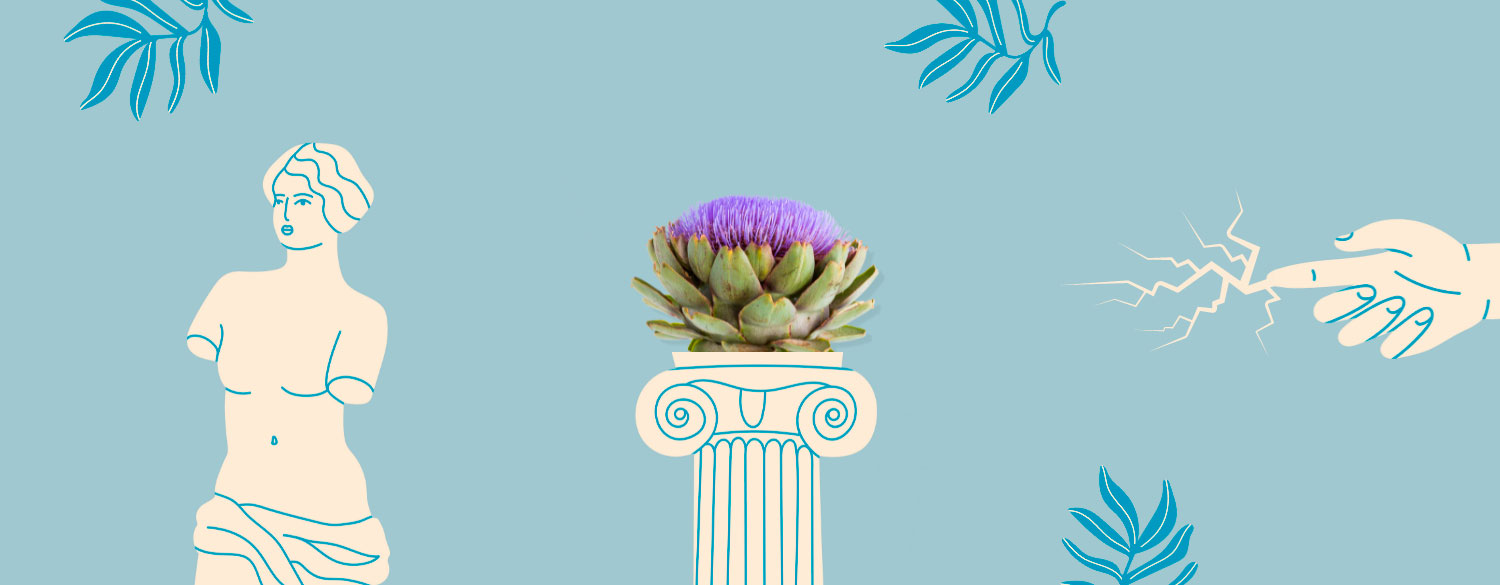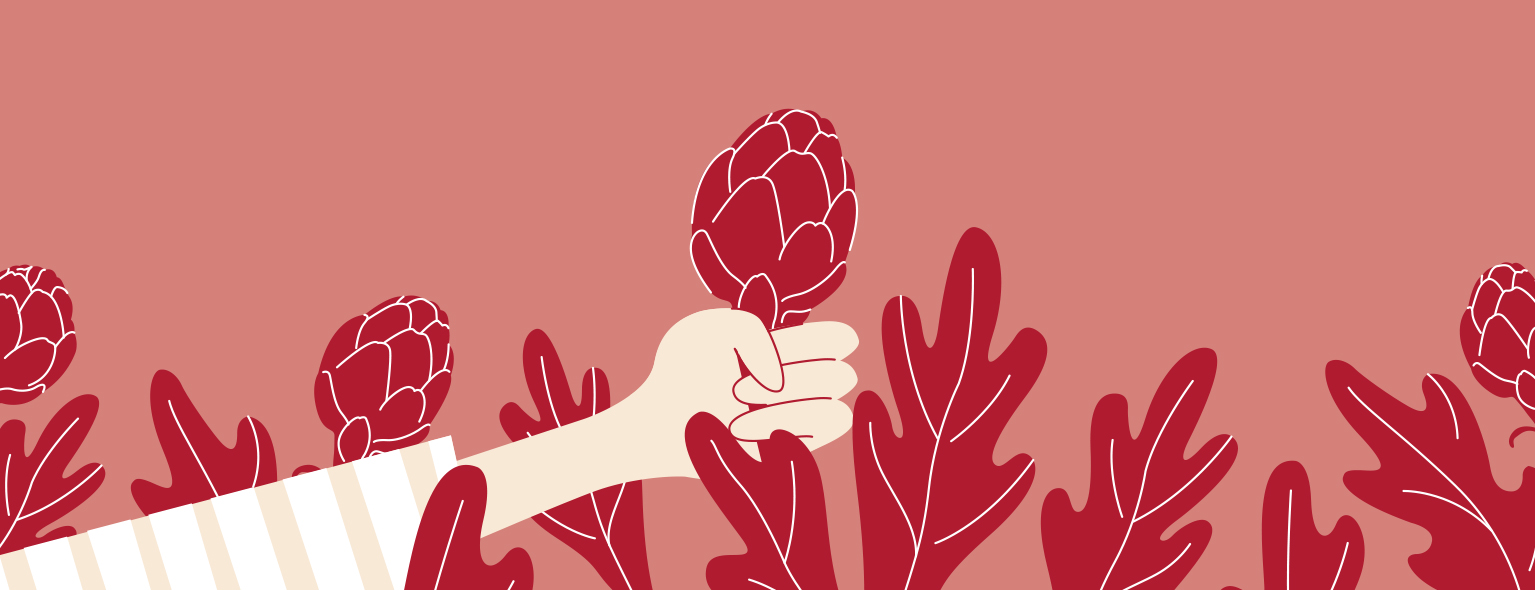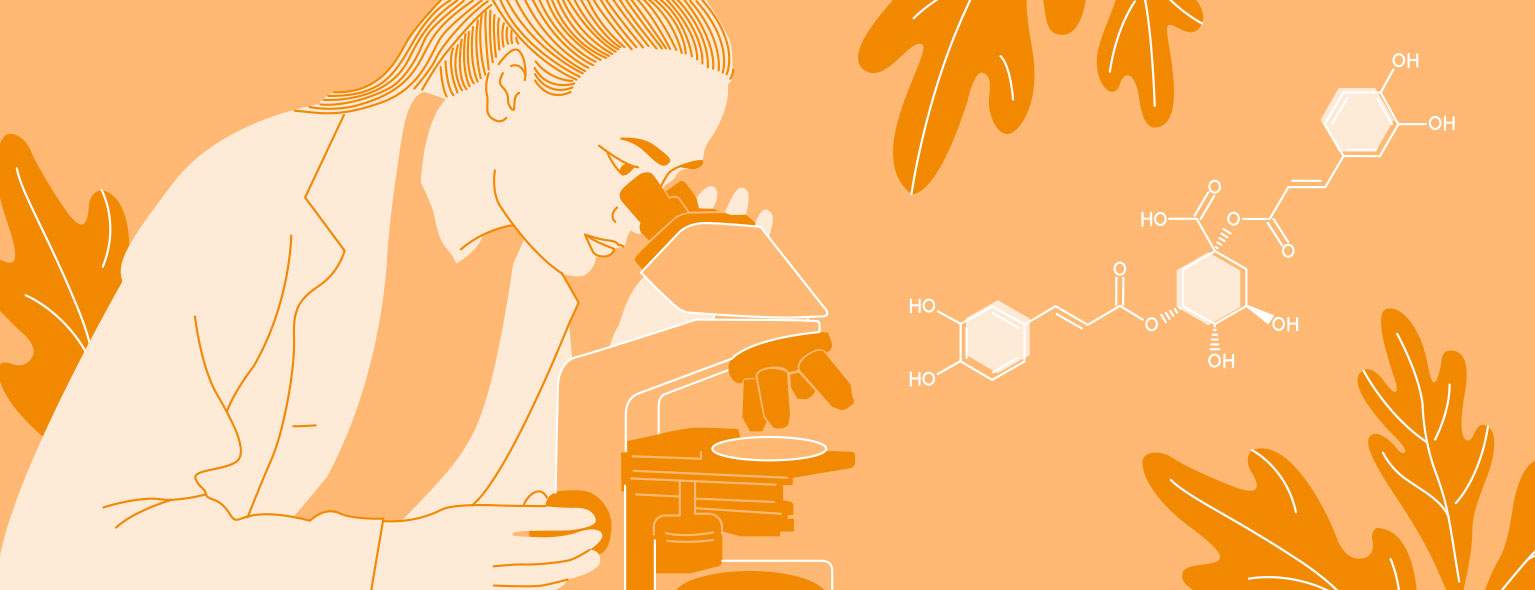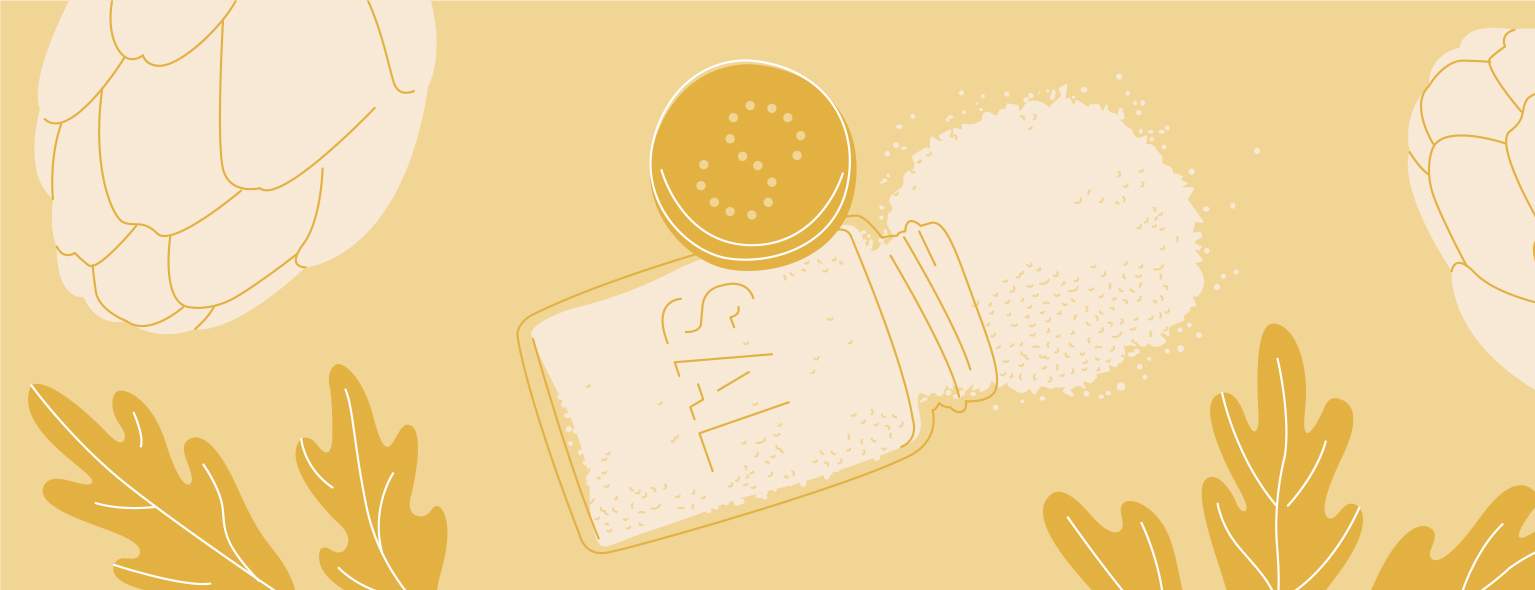
At #BlogCynara we present our big star, our reason for being. And we know that you, #artichokelover, are looking forward to meeting her. But before telling you all its characteristics, you must know its origin. Let us begin!
Origin of the artichoke
The artichoke comes from Northeast Africa, and it appeared that the Greeks and Romans already knew it. But do you know who the original #articholover is? There is a Greek myth that you are going to love!
This myth is about a lovely maiden named Cynara, with whom Zeus fell in love and decided to turn into a goddess to take to Mount Olympus. But Cynara missed her family and decided to return to earth to visit her home. Zeus became enraged and turned her into the first artichoke, hence its name… and ours.
During the Middle Ages, its entry into Spain and Italy took place. The crop was improved, and the artichoke was obtained. It was introduced in France thanks to Catherine de Médicis, who liked to eat artichoke hearts. Louis XIV of France, the King of the Sun, was also a great lover of the vegetable.
Yes, Catherine de Médicis and the King of the Sun were also #artichokelovers, like us.
What is it about this vegetable that is so loved? You are one step away from meeting her. Keep reading!
The key question: What are artichokes?
The artichoke is a plant that belongs to the Asteraceae family. It is the non-thorny variety of the wild thistle, and its fruits are highly appreciated in Mediterranean cuisine.
In addition to culinary use, it can also be used in pharmaceuticals for its therapeutic properties.
This herbaceous plant is cultivated in many parts of the world, and its leaves can reach 60 cm in length, with lobes without thorns.
Let’s look at other features in more detail:
Shape: The edible part of the artichoke is the elongated or flattened inflorescence. The inflorescence is rosette-shaped, and its leaves are green and overlapping. The heart is the leaves and the soft portions of the bud.
Size and weight: The stem can measure up to a meter in height. It is erect and thick and is divided into branches where the large inflorescences can reach 12 centimeters in diameter.
Color: The stem and leaves are bright green.
Taste: Roasted, its meat becomes crunchy without losing the juicy, delicate, succulent part.
But the artichoke should not only be consumed for its flavor and its general characteristics. Other healthy reasons should encourage you to consume this superfood. If you want to know more about an artichoke’s benefits, click on the following image to visit our entry where we dig a little deeper.
5 healthy reasons to eat artichokes
The artichoke is an excellent source of calcium and phosphorus, although it also contains other minerals such as potassium, iron, magnesium and zinc. Its main vitamin is B1; in smaller amounts, it contains vitamins C, B3, B5 and B6.
In addition, like all vegetables, its majority component is water, at 89%. Its second component to highlight is carbohydrates (7.5g per 100g of edible portion), and the third is fiber (2 grams).
In other words… the artichoke has many properties, among which stand out:
- Depurative
It favors the digestion of fats and the elimination of toxins. For these reasons, it is often a star food in many weight loss diets. Its caloric content is quite low. It only contains 44 calories.
- Good for the liver
This vegetable can regulate the formation and output of bile. It has a regulatory function on the kidney and favors the elimination of water and waste substances.
It is advisable to consume if you suffer from functional and organic liver, gallbladder, and bile duct diseases. In the same way, it is also recommended for disorders of the digestive organs.
- Digestive
Artichokes are characterized by being rich in fiber, so their consumption provides a feeling of satiety. It also acts as a light laxative, favoring intestinal transit, and helps prevent constipation.
- Ally against cholesterol
Because artichokes contain cynarin, they have anti-platelet properties, reducing the risk of clot formation.
5 curiosities of the artichoke that you did not know
Have you been wanting to learn more about our beloved artichoke? You can still discover more unique aspects. Next, we show you the most relevant:
- Artichokes are vegetables that require great care when handling them.
- The extracts of the fine tissues of the artichoke are used in cosmetics as an ingredient in tonics or cleansing lotions. They are also used for other non-edible medicinal applications.
- The word artichoke comes from the Arabic (al-kharshûf), which translates as “stick of thorns.”
- It is a vegetable harvested during the autumn, winter and early spring seasons.
- It is the protagonist of festivals in some towns. In Valencian municipalities such as Silla and Aldaia, “Artichoke Day” is celebrated in summer, where a child dressed as an angel sings inside a wooden structure shaped like the vegetable.
Do you know more interesting facts about our star vegetable? Get in touch with us and tell us! At Cynara, we work to offer the best artichoke products. For more information, visit our website and soak up the best content.
 Skip to content
Skip to content







